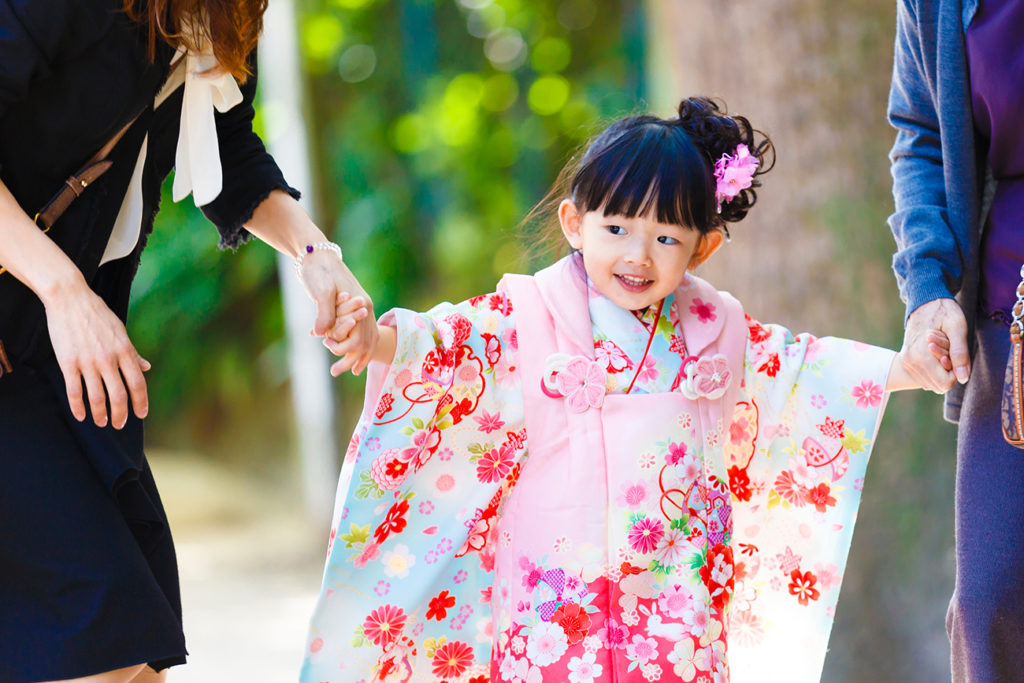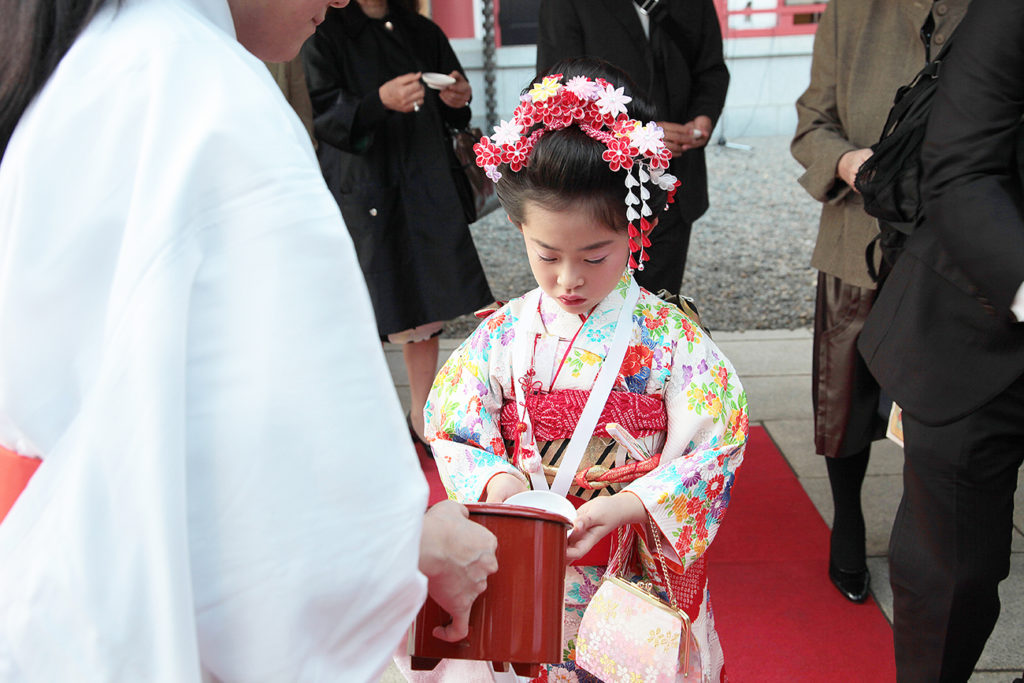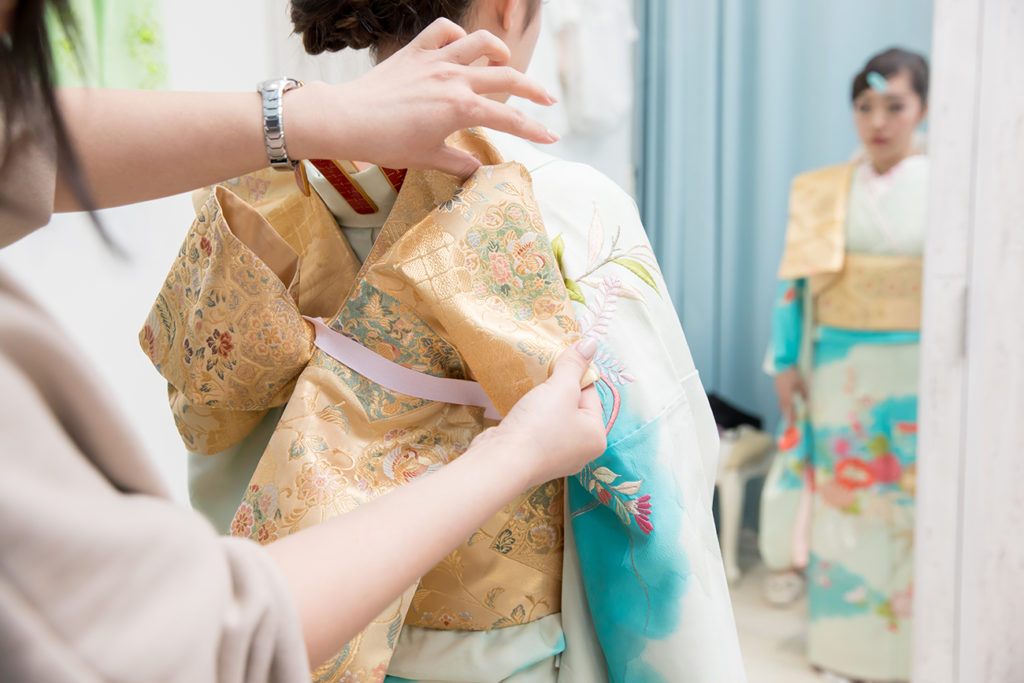
Children’s Festivals to Enjoy in Japan
Japan has a number of festivals or matsuri celebrated throughout the year. Most of the festivals are celebrated annually and Japanese culture embraces religious beliefs and historical events. Check out some of the festivals that celebrate children.
Shichi-Go-San.
Shichi-go-san
Shichi-go-san literally “Seven-Five-Three” is a traditional rite of passage and festival day in Japan usually for three and seven year old girls and five year old boys. Shichi-go-san is held each year on the 15th of November but since it isn’t a holiday, it is celebrated on the closest weekend. The festival is to celebrate the growth and well-being of young children.
Shichi-Go-San is said to have originated in the Heian period when court nobles would celebrate the passage of their children into middle childhood. The odd numbers 3, 5 and 7 are considered lucky according to East Asian numerology. In essence, the festival is celebrated to mark the survival of the children from health conditions that plagued the young. It is also a Japanese belief that children younger than seven years old were the offspring of Japanese Gods. During the Kamakura period, the practice was changed to the 15th of the month.
Children wear the traditional kimono for visits to shrines. Three year olds wear a hifu (a type of padded vest) with their kimono, some opt to wear Western clothing. Chitose ame or “thousand year candy” is given to children on Shichi-Go-San. The candy is thin, long, and red and white which symbolize health and longevity. The candies are often given in a bag with a turtle and a crane which symbolize a long life in Japan.
Seijinshiki.
Seijinshiki
Seijinshiki or literally “Coming of Age Day” is a Japanese holiday to recognize children who have reached the age of maturity and have them realize they have become adults. These are for young adults who have turned 20 between April 2 of the previous year and April 1 of the current year. Coming of age ceremonies are known to have been observed since 714 CE when the young prince would don new robes and hairstyle to mark his own passage into adulthood. The holiday was established in 1948 to be held annually on the 15th of January and was changed to the second Monday of January in 2000 as a result of the Happy Monday System, a set of modifications to Japanese law in 1998 and 2001 to move a number of public holidays in Japan to Mondays, creating three-day weekends for those with five-day work weeks.
Seijinshiki is supposed to reflect the expanded rights as well as the increased responsibilities expected from new adults. The ceremony is usually held at local city offices throughout the country. All 20 year olds are invited to attend and government officials give speeches and hand out presents to the young adults. Women wear furisode a type of kimono with long sleeves and zori sandals. Men usually wear formal Western clothing such a suit and tie rather than a the traditional hakama. After the ceremony the young adult usually in group by having a party of going out drinking.


